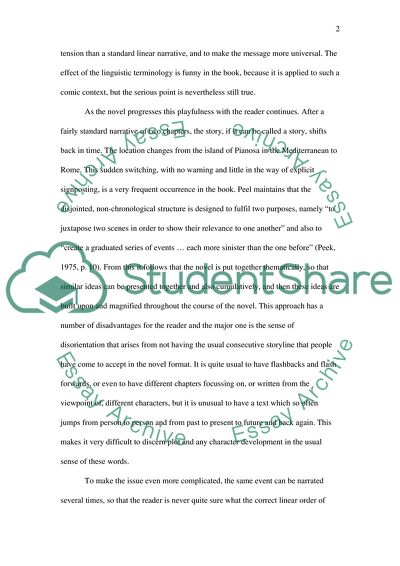Cite this document
(The Time and its Significance in Catch 22 Research Paper, n.d.)
The Time and its Significance in Catch 22 Research Paper. Retrieved from https://studentshare.org/literature/1740302-catch-22
The Time and its Significance in Catch 22 Research Paper. Retrieved from https://studentshare.org/literature/1740302-catch-22
(The Time and Its Significance in Catch 22 Research Paper)
The Time and Its Significance in Catch 22 Research Paper. https://studentshare.org/literature/1740302-catch-22.
The Time and Its Significance in Catch 22 Research Paper. https://studentshare.org/literature/1740302-catch-22.
“The Time and Its Significance in Catch 22 Research Paper”, n.d. https://studentshare.org/literature/1740302-catch-22.


